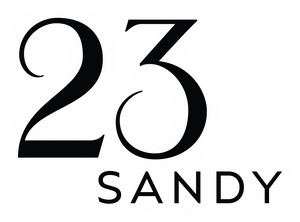| Title | Resolution 1848 |
| Artist / Creator | Julie Shaw Lutts |
| Artist's Nationality | American |
| Place of Publication | Salem, MA |
| Publication Date | 2013 |
| Structure / Binding | Accordion |
| Paper Stock | Epson Enhanced Matte |
| Number of Pages | 14 |
| Dimensions (WxHxD) | 3.5 x 7 incles, closed; 3.5 x 54 inches, open |
| Edition Size | Edition of 100 |
| Box / Wrapper | Custom paper envelope |
| Signed & Numbered | Yes |
Resolutions 1848 was directly inspired by reading the resolutions written and declared by Susan B. Anthony and Elizabeth Cady Stanton in 1848. Here in these writings you will find simple, bold truths. Without drama or sentimentality these proclamations are meant to give women equality in the eyes of the world.
I began to read and copy out the Resolutions in my own hand. In the process, I was better able to contemplate the true meaning of the words. These women lived in a time with limited freedoms, unable to speak their thoughts in public or even privately.
In the first Resolution, the authors write of the American ideal of happiness. (“Resolved, That such laws as conflict, in any way, with the true and substantial happiness of woman, are contrary to the great precept of nature,”). Such a simple ideal, to be allowed to be happy without being repressed in your own home or town! The Resolutions continue to speak of “Equality, Enlightenment, Opportunity, Fairness”, and the basic freedom of being counted, having the right as a human to cast your vote for the leaders of your country. Unbelievably, over a century later, all of the Resolutions of 1848 are still ideals worth fighting for. Many women are still held back, defined by the needs and power of others.
I created this small accordion book after finishing my unique 3D artist book of the same name, so it may be shared with more readers.
Artist Bio
Julie Shaw Lutts, a graduate of Massachusetts College of Art in Boston, is a collage, assemblage, and book artist who lives and works on the east coast. The artist scavenges flea markets, yard sales and gathers items on her travels to inspire her work. Old photographs, tintypes, handwritten letters, odd medical devices, vintage diaries, found objects, curious personal ephemera, and all kinds of mixed media are used to create her artist books, collages and constructions. Julie has a deep respect for the stories to be found in history, and uses the antique objects she finds as touchstones to imagine fresh narratives throughout her work. Combining these historical mementos with her own photographs and images creates the foundation of her work, into which she then blends influences from contemporary culture. Julie’s artist books, collages and assemblages are all one-of-a-kind works.. She has been called a “visual anthropologist”, as so much of her work explores layers of memory, identity, and personal histories through thoughtful visual narratives.



